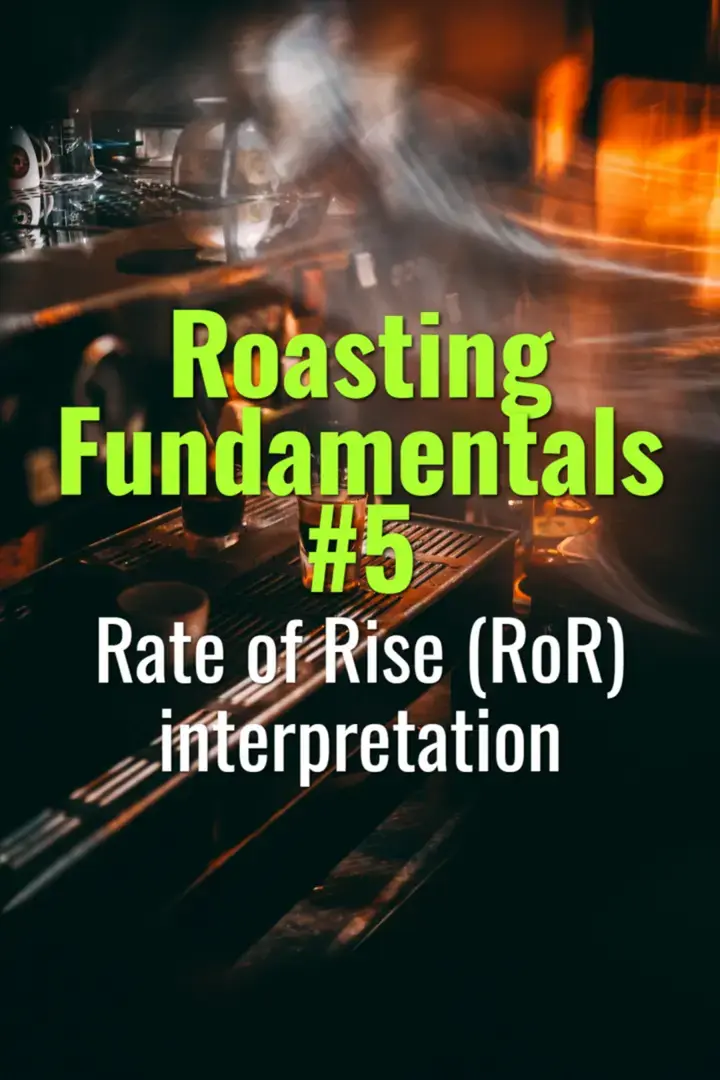Data logging and curve analysis
This topic explains how to systematically record roast data and interpret curves to optimize roast quality and consistency.
- Coffee Basics Nerds
- 1 min read

Key Concepts
-
Data Logging Basics:
-
Record critical parameters: charge temperature, bean temperature, environment temperature, rate of rise (RoR), and drum speed.
-
Use digital roast software or spreadsheets to maintain accurate logs for each batch.
-
Roast Curve Components:
-
Bean Temperature Curve: Monitors internal temperature of coffee beans.
-
Environmental Temperature Curve: Measures the air or drum temperature.
-
Rate of Rise (RoR) Curve: Represents how quickly the bean temperature is increasing.
-
Curve Interpretation:
-
Identify turning points and critical moments like first crack and development phase.
-
Detect RoR flicks, plateaus, or crashes that may indicate insufficient heat transfer or overcompensation.
-
Trend Analysis:
-
Compare curves from multiple batches to ensure consistency.
-
Use curve overlays to evaluate repeatability and adjust profiles for specific bean origins or blends.
-
Error Diagnosis:
-
Recognize anomalies caused by equipment variability, operator error, or bean characteristics.
-
Adjust charge temperature, airflow, or drum speed in response to curve behavior.
-
Continuous Improvement:
-
Maintain a reference library of successful roast curves for different beans.
-
Update logs with sensory feedback to correlate data with taste outcomes.
Summary
Accurate data logging and thoughtful curve analysis allow roasters to fine-tune their processes, achieve consistent roast results, and troubleshoot potential issues effectively. Systematic tracking ensures that every batch aligns with the intended flavor profile.
You might also like:
- Tags:
- Key Concepts
- Flavor Profile
- Coffee Beans
- Heat Transfer
- Drum Speed
- Charge Temperature
- Fine Tune
- Continuous Improvement
- Rate Rise
- Bean Temperature
- Rise Ror
- Roast Curve
- Data Logging
- Airflow Drum
- Achieve Consistent
- Roast Curves
- Sensory Feedback
- Adjust Profiles
- Environmental Temperature
- Ensure Consistency
- Crack Development